Gardens are where plants, insects, and animals thrive, but if you have pets, certain forms of flora can be dangerous. Most of our furry family members are naturally curious, and animals love to sniff, claw, and chew their way through the landscape.
As a pet owner, it’s important to know what to plant and what not to plant in your garden if you have pets, especially if this is your first time gardening. Read on to learn about specific plants you should avoid altogether to keep your pets safe.
Lilies
Lilies are stunning flowers that add gorgeous color to a garden, but are highly toxic to cats. Lilies can cause upset stomachs in dogs, but they are a much more serious risk to cats’ health and well-being. These luscious flowers pose extreme danger to your feline friend, and ingesting any portion of the plant can be deadly.
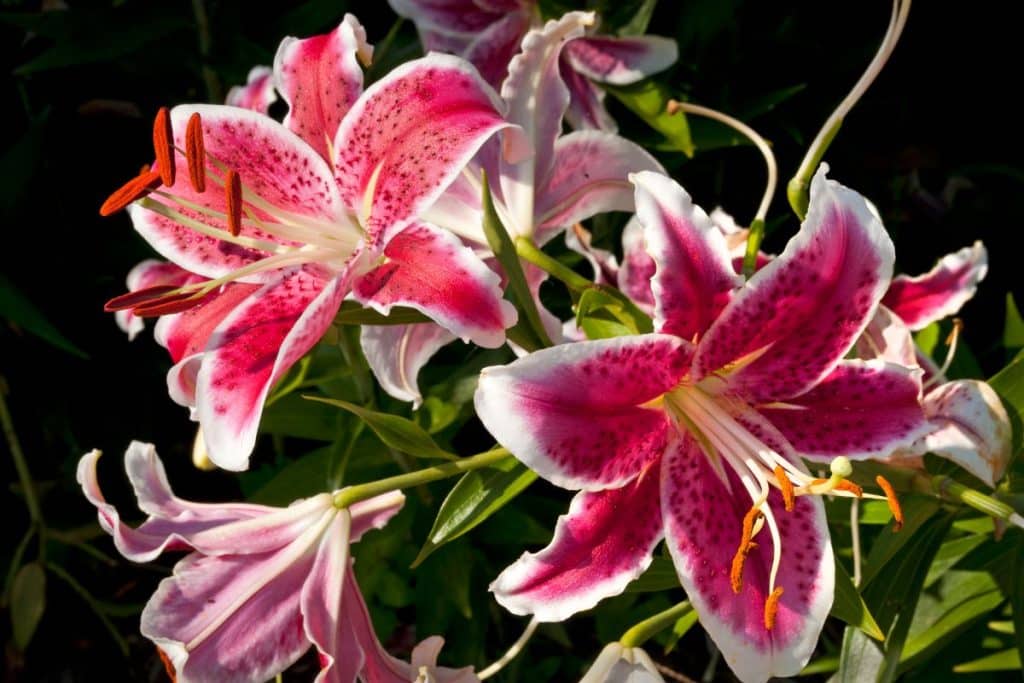
Even a small bit of a lily can cause kidney failure and death in cats when ingested, including the pollen. Just the water in a vase that contained lilies could be fatal to cats, which means they should be avoided at all costs.
Not only should you avoid planting lilies in your garden, but avoid bringing bouquets, potted plants, and flower arrangements indoors if they include lilies.
Hosta
Hosta plants are easy to grow and are often used in landscaping around homes to add a green, luscious aesthetic. These perennials are hardy, and over 40 species of these plants are grown worldwide. However, while hosta plants are beautiful and easy to care for, they’re extremely dangerous to dogs.
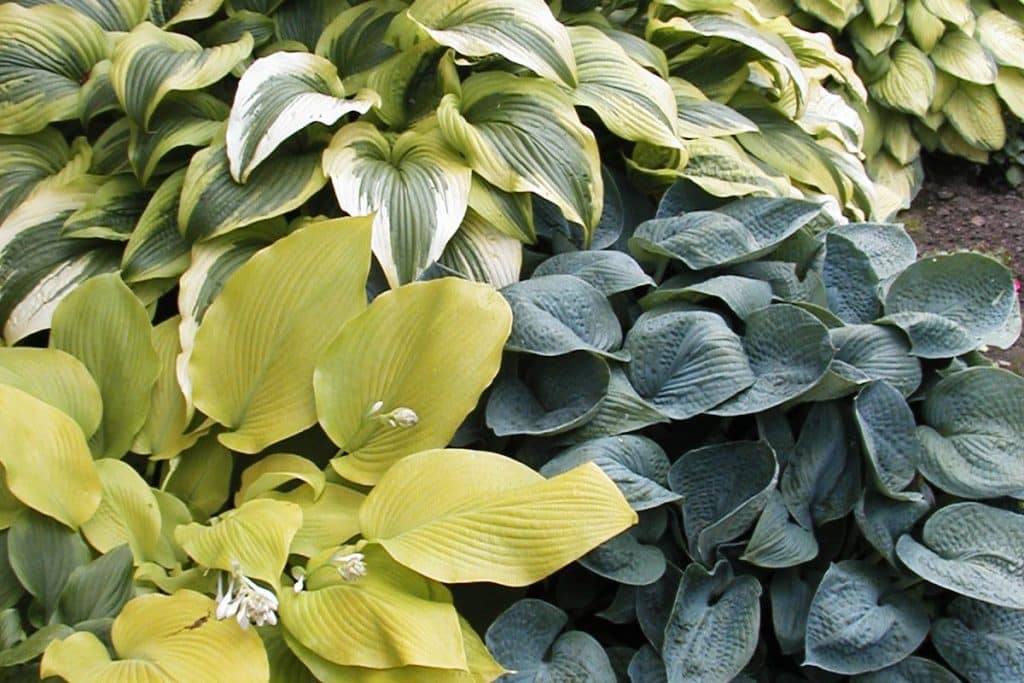
If a dog ingests any portion of a hosta or if it comes into contact with the skin, it may experience vomiting, loss of appetite, or bloating.
Morning Glory
Morning Glory is a gorgeous vining plant that produces brilliant and bold-colored flowers, but it’s also highly toxic to pets. A substance called lysergic alkaloids is present in morning glory seeds, which is especially harmful to dogs.
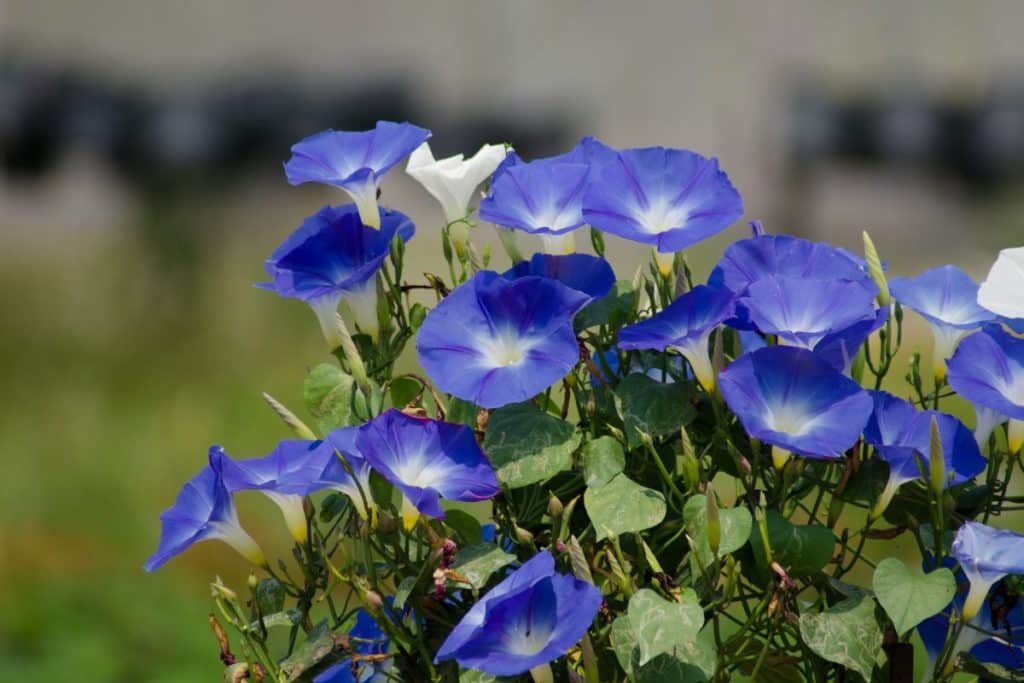
If your pooch eats any part of a morning glory plant, it could experience confusion, tremors, lethargy, loss of appetite, or diarrhea. In severe cases, dogs may experience something potentially fatal.
Daffodils
When you think of spring, you probably think of daffodils growing in your garden. The bright yellow daffodil flowers look lovely in any garden, but they can pose a serious threat to pets. If your dog or cat eats any part of the daffodil (including the bulb), it can make them extremely sick.
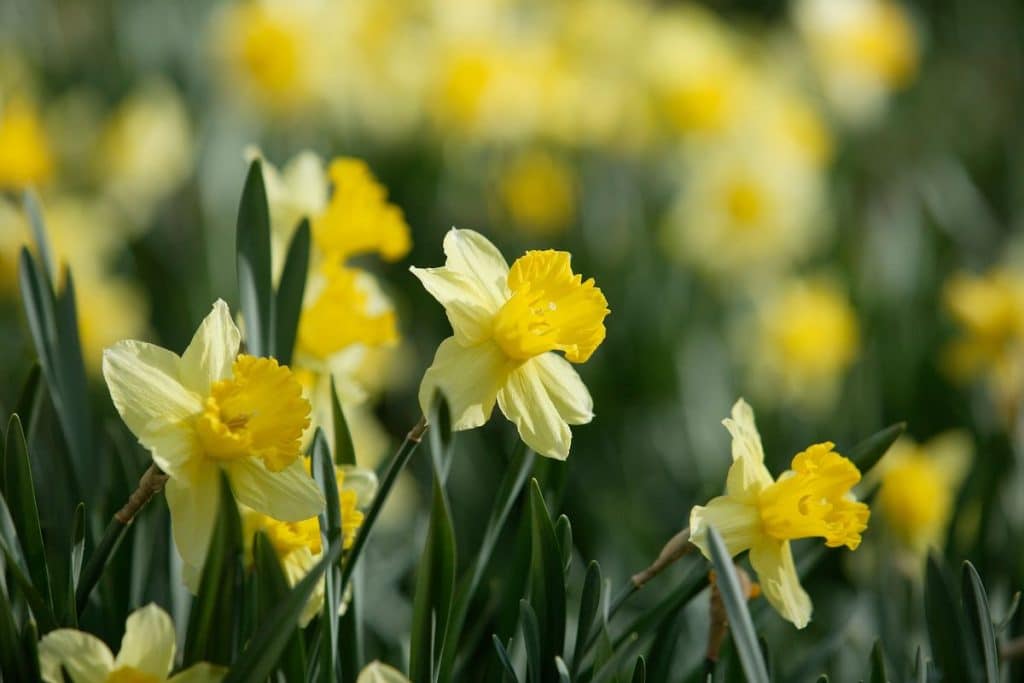
Daffodils contain an alkaloid crystal called lycorine that’s toxic when ingested, which may cause cardiac and respiratory problems in small animals. In fact, this substance isn’t just dangerous to dogs and cats—it can be quite dangerous for horses and humans, too.
Larkspur
With its bright violet-colored flowers, larkspur is a popular choice for a springtime garden. However, larkspur is known to be toxic to dogs, cats, and horses. The more larkspur matures, the less toxic it can become, but it’s still best to avoid adding it to your garden if you have pets.
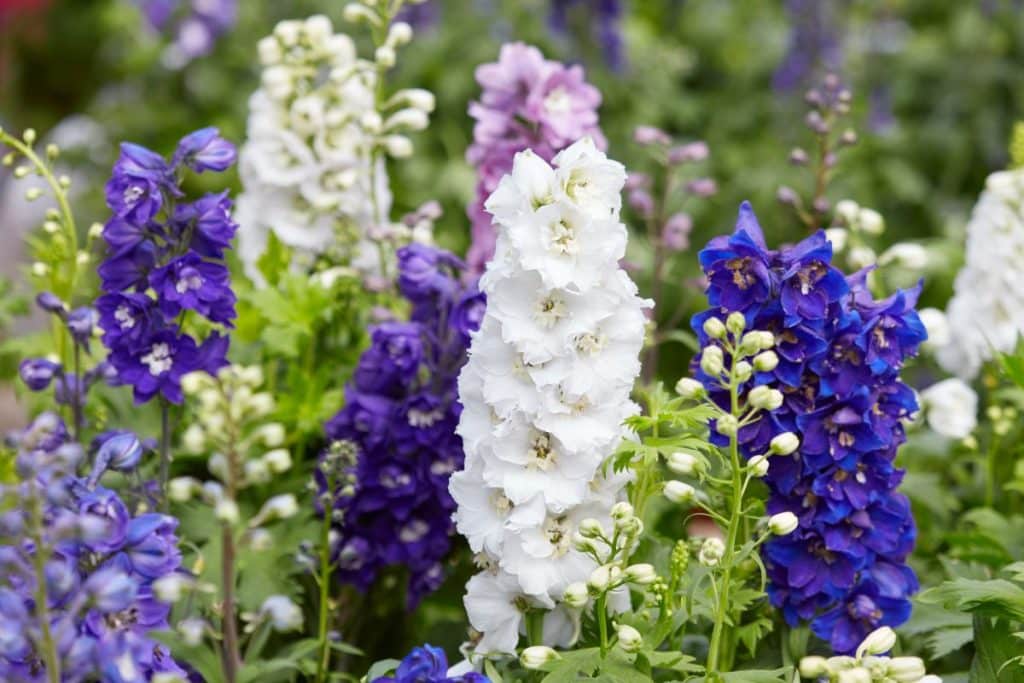
Specific alkaloids in larkspur plants can cause a variety of serious symptoms including muscle tremors or stiffness, constipation, and increased salivation. Respiratory paralysis and cardiac failure can also occur, both of which have the potential to be fatal.
Sago Palm
Sago palm is an exotic-looking plant that’s fairly easy to grow, and it adds a unique visual element to a garden or landscape. But this palm is dangerous to pets, and that includes all parts like the leaves and trunk. The seeds or nuts of the sago palm are the most toxic portion of the plant, and they’re the easiest part for pets to eat.
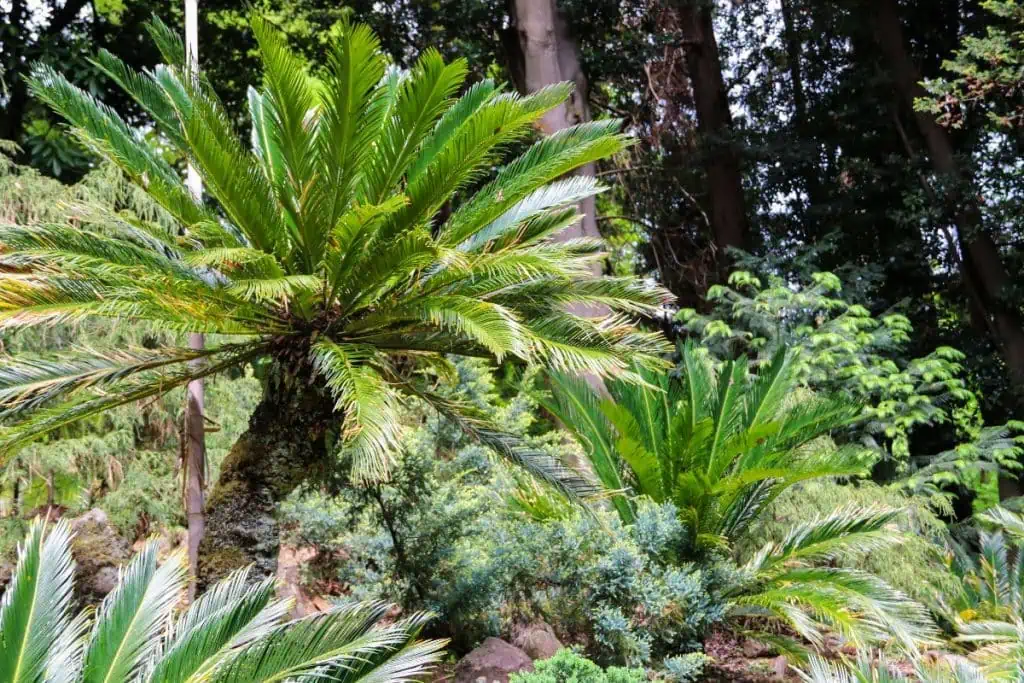
Toxic compounds in the sago palm can affect an animal’s liver and nervous system. Wobbly gait, tremors, and drooling are some of the first signs of sago palm poisoning.
Poinsettia
When you think of Christmas and the holiday season, a bright red poinsettia plant likely comes to mind. And while most people don’t plant these in a garden, they’re still popular indoor plants around Christmas time.
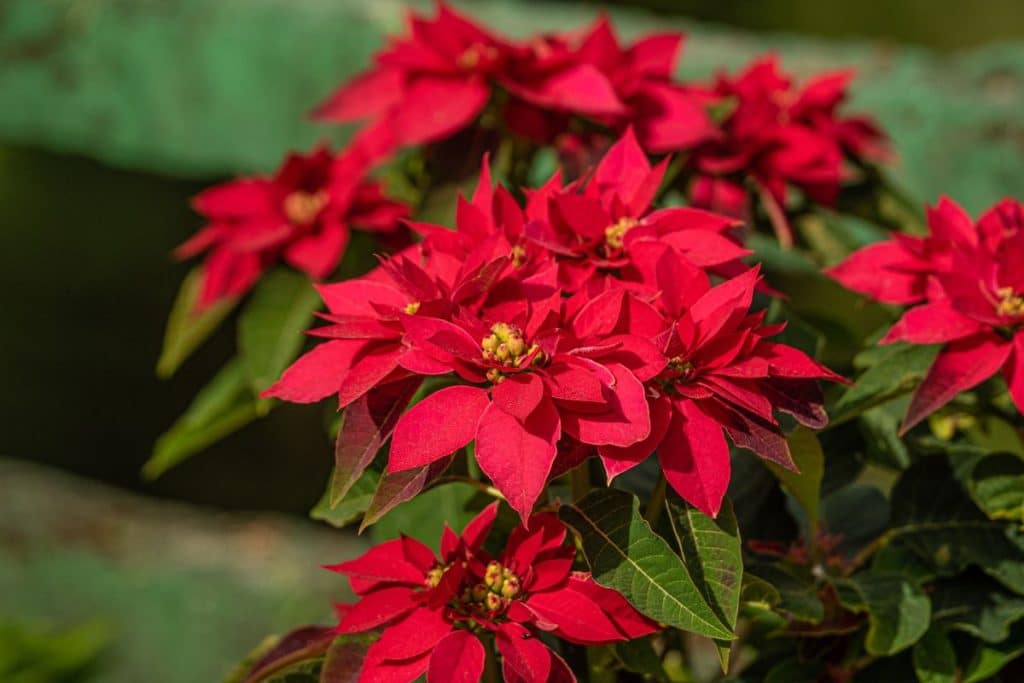
While they’re certainly beautiful, parts of the poinsettia plant are mildly toxic to cats and dogs, particularly the white, milky sap that they produce. Some signs of potential poinsettia poisoning include vomiting, skin irritation, and diarrhea.
In most cases, your pet will be just fine if they only ingested a small bit of a poinsettia plant. However, it’s better to be safe than sorry and consider decorating with faux holiday plants instead.
Remember Your Pets When Planting
Gardens are a great way to add beauty to your home, but if you have pets, remember to look into every plant before adding them to your garden bed or landscaping. The more you know about plants that are toxic to pets, the more your beloved family members will be kept safe.
Remember to monitor your pets carefully and choose safe, pet-friendly plants that will add beauty to your home without the dangerous side effects.